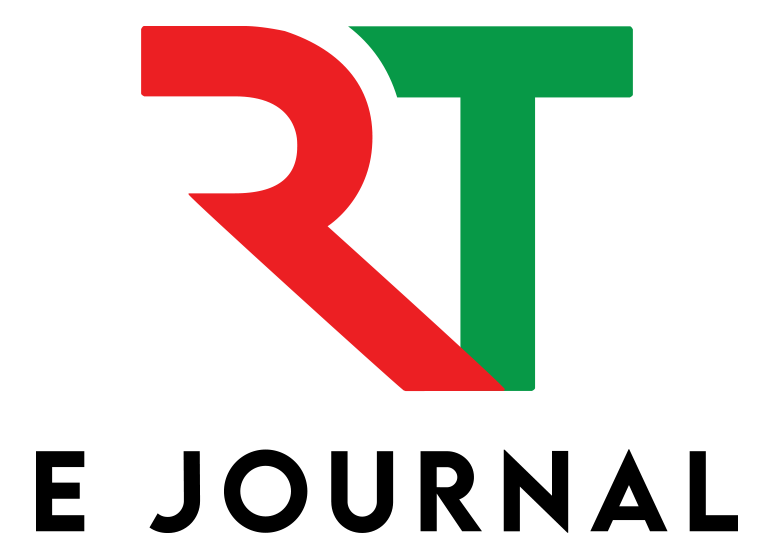Investigations to increase the removal rate during plasma electrolytic polishing for post-processing
DOI:
https://doi.org/10.58134/fh-aachen-rte_2025_006Schlagworte:
Plasma electrolytic Polishing, post-processingAbstract
Advances in additive manufacturing have made it possible to produce complex components that are often not
economically viable using conventional production methods. In order to improve the surface quality of additively
manufactured components, machining or ablative post-processing methods are often required. Plasma electrolytic
polishing is a particularly promising process when low roughness values are required or a high degree of gloss is desired
for components. In contrast to conventional electropolishing, which often uses highly concentrated acids, plasma
electrolytic polishing usually uses environmentally friendly salt solutions. In this work, basic removal mechanisms of
plasma polishing were investigated, in particular the influence of gas flow and component orientation in the electrolyte
on material removal. Experiments with different sample geometries showed that the orientation of the samples in the
electrolyte has a significant influence on the polishing result.
The greatest roughness reduction was achieved with vertical specimen alignment, as the gas flow along the surface
enhances removal. Additionally, experiments on specimen with different cavity depths revealed that gas accumulation
in the cavities negatively affects plasma formation and thus material removal. The work further demonstrates that by
flushing electrolyte flowing gas over the specimen, gas accumulation can be minimized and removal significantly
increased.
Downloads
Veröffentlicht
Zitationsvorschlag
Ausgabe
Rubrik
Lizenz
Copyright (c) 2025 Paul Geßner, Daniel Landenberger, Jörg Bagdahn

Dieses Werk steht unter der Lizenz Creative Commons Namensnennung 4.0 International.


